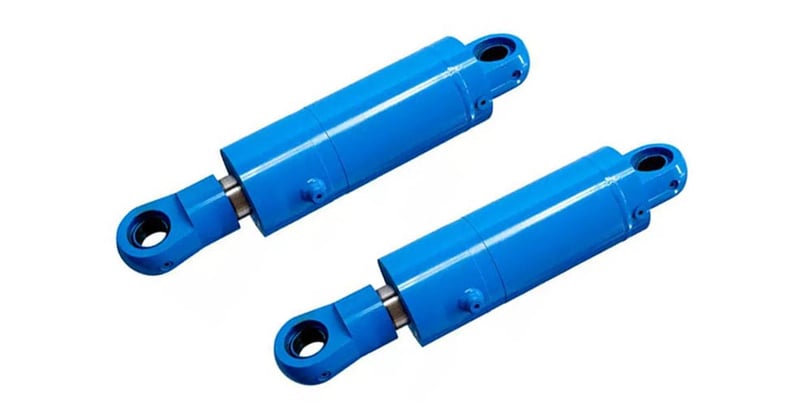Common HSGL01-63/DE Injection Molding Machine Hydraulic Cylinder Failure and Troubleshooting Methods
1/10/20252 min read


Understanding Hydraulic Cylinders in Injection Molding Machines
Injection molding machines, particularly models like the HSGL01-63/DE, are essential in manufacturing processes for creating a range of plastic products. The hydraulic cylinder is a critical component that drives the machine’s movements and ensures precision during molding. However, failures in these cylinders can disrupt production, cause costly downtime, and lead to defective products.
Common Causes of Hydraulic Cylinder Failures
There are several reasons why hydraulic cylinders might fail in the HSGL01-63/DE injection molding machines. One prevalent cause is hydraulic fluid contamination. Contaminants such as dirt, metal shavings, or moisture can compromise the fluid's integrity, leading to wear and increased friction between moving parts. Additionally, improper maintenance practices, such as failing to replace filters regularly, can exacerbate this issue.
Another major contributor to hydraulic cylinder failure is wear and tear. Over time, the seals and other components within the cylinder may degrade, causing leaks and loss of pressure. External factors like extreme operating conditions or inadequate cooling can also result in premature failure. Recognizing these signs early on is crucial for maintaining operational efficiency.
Troubleshooting Methods for Hydraulic Cylinder Issues
If you suspect that your HSGL01-63/DE injection molding machine is experiencing hydraulic cylinder issues, several troubleshooting methods can help identify and resolve the problem. Start by checking for hydraulic fluid leaks around the cylinder. Any sign of leakage indicates a damaged seal or component that requires immediate attention.
Next, inspect the hydraulic fluid quality. If it appears dirty or contaminated, it may need to be replaced. Flushing the system to remove contaminants can help restore the functionality of the cylinder. Furthermore, verify that all components, including filters and hoses, are in good condition and functioning properly.
In cases of reduced power or erratic movements, evaluate the hydraulic pressure levels. An insufficient pressure can indicate an underlying issue, such as a malfunctioning pump or blocked filter. Addressing these issues promptly can prevent further damage and extend the lifespan of your machinery.
Finally, regularly scheduled maintenance is crucial in preventing hydraulic cylinder failures. Keeping a close eye on critical components and scheduling routine inspections can save time and resources in the long run. Establishing a maintenance checklist ensures nothing is overlooked, ultimately leading to more efficient production cycles.
